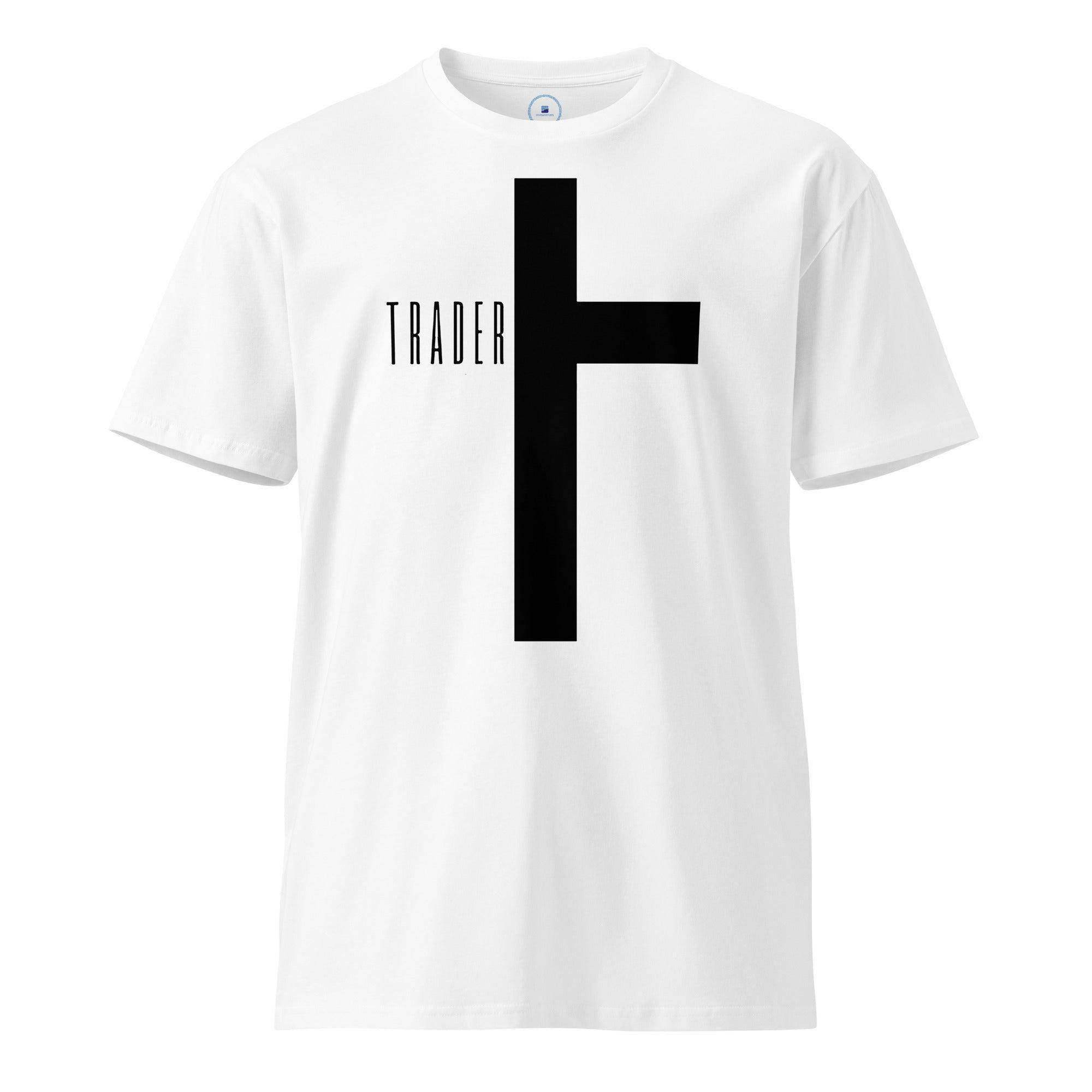
Identifying & Trading Bullish Patterns
In financial markets, prices move in waves, sometimes trending higher, sometimes lower, and other times consolidating in sideways ranges. Within these movements, traders have identified recurring chart patterns that often signal where the market is likely to go next. A bullish pattern is one that suggests that prices are likely to rise, either because the market is reversing from a downtrend or continuing an already established uptrend.
Bullish patterns are generally divided into two categories. Continuation patterns appear when an existing uptrend pauses but then resumes. Reversal patterns, on the other hand, form after a downtrend and signal the start of an upward move. Recognizing the difference between these two types is key because it tells traders whether to expect a trend to carry on or turn around.
Bullish patterns can also appear on different timeframes, from one-minute charts for day traders to weekly or monthly charts for long-term investors. While no pattern guarantees future performance, these setups are widely respected because they capture underlying psychology and supply-demand dynamics. For example, when buyers overpower sellers at critical levels, a bullish pattern often forms, indicating an upcoming rally.
Bullish Engulfing Pattern
One of the most well-known candlestick signals is the bullish engulfing pattern. This occurs when a small red (bearish) candlestick is followed by a large green (bullish) candlestick that completely "engulfs" the previous candle’s body.
The psychology behind this pattern is simple: sellers initially controlled the market, but buyers suddenly stepped in with overwhelming strength, reversing the short-term direction.
To identify it: look for a downtrend or minor pullback, then watch for a bullish engulfing candle. Traders often consider entering long positions immediately after this formation, setting a stop-loss just below the engulfing candle’s low.
Example:
Imagine a stock trending downward for several days. On Monday, it closes at $48 after opening at $50, forming a red candle. On Tuesday, it opens at $47 but rallies throughout the day, closing at $52. This large green candle swallows the prior day’s candle, signaling a potential bullish reversal. Traders who go long here may profit as momentum shifts upward.
Morning Star Pattern
The morning star is a powerful three-candle bullish reversal pattern. It typically appears after a decline and suggests that selling pressure is weakening.
It forms in three steps:
- A long bearish candle indicating strong selling.
- A small-bodied candle (red or green) showing indecision.
- A strong bullish candle that closes well into the body of the first bearish candle.
Traders identify this as a sign of buyer dominance returning. When volume supports the third candle, it strengthens the signal.
Example:
Suppose a forex pair has been dropping for weeks. One day it posts a large bearish candle, followed by a small doji the next day, and then a big bullish candle on the third day. A trader recognizing this morning star could enter long, anticipating a trend reversal.
Cup and Handle Pattern
The cup and handle is a classic bullish continuation pattern. It looks like the shape of a tea cup when drawn on a chart.
- The "cup" is a rounded bottom that shows consolidation and gradual recovery from a decline.
- The "handle" is a small pullback after the cup’s peak, which sets up the next upward breakout.
To identify it, look for a U-shaped formation followed by a short downward drift. A breakout above the handle’s resistance level signals entry.
Example:
A stock falls from $100 to $80, slowly climbs back to $100, then pulls back slightly to $95 before breaking out above $100 again. This breakout often attracts strong buying interest, making it a profitable trade setup.
Ascending Triangle
An ascending triangle is a continuation pattern that appears in an uptrend. It’s formed when the price makes higher lows while repeatedly testing a horizontal resistance level.
This shows that buyers are gradually gaining strength, pushing prices upward until the resistance is finally broken. Traders often enter once the price breaks above resistance with increased volume.
Example:
Suppose Bitcoin keeps bouncing between $100,000 and $120,000. Each bounce from $100,000 is slightly higher than the last, creating higher lows. Eventually, it breaks above $120,000, and the bullish breakout fuels further gains.
Bullish Flag Pattern
The bullish flag is a short-term continuation pattern that occurs after a sharp upward move. The "flagpole" represents the strong rally, while the "flag" is a rectangular consolidation that slopes slightly downward.
Once the flag breaks to the upside, the price often continues in the same direction as the pole.
Example:
Imagine Tesla stock surges from $400 to $450 in a few days, then consolidates between $425 and $450. When it breaks above $450, traders expect another leg upward, often of similar size to the initial pole.
Double Bottom Pattern
The double bottom is a bullish reversal pattern that resembles the letter "W." It forms after a significant downtrend when the price tests a support level twice but fails to break lower.
The key to confirmation is the breakout above the "neckline" or resistance between the two bottoms.
Example:
A stock falls to $50, bounces to $60, drops again to $50, and then rises back to $60. Once it breaks above $60, traders view it as a bullish reversal with significant profit potential.
Rounding Bottom Pattern
Also known as a saucer bottom, this long-term bullish reversal pattern forms when a market slowly transitions from bearish to bullish sentiment.
It looks like a large U-shape on the chart, and the breakout occurs when price surpasses the resistance formed at the beginning of the pattern.
Example:
A commodity drifts lower from $70 to $40 over months, gradually flattens, and then begins climbing back to $70. A breakout above $70 signals the completion of the pattern and often starts a new uptrend.
Inverse Head and Shoulders
The inverse head and shoulders is one of the most reliable bullish reversal patterns. It forms after a downtrend and consists of three troughs:
- The left shoulder (a decline followed by a small rebound).
- The head (a deeper decline followed by another rebound).
- The right shoulder (a shallower decline, mirroring the left shoulder).
The breakout occurs when the price moves above the "neckline," which connects the peaks of the rebounds.
Example:
A stock drops from $100 to $80, rebounds to $90, falls to $70, rebounds to $90 again, then dips to $80 before rising once more. When it finally breaks above $90, traders see this as a strong bullish signal.
Falling Wedge
The falling wedge is a bullish reversal pattern that forms when price action contracts downward between two converging trendlines. Unlike a descending triangle, both the highs and lows are sloping downward but converging.
The breakout usually happens to the upside, signaling a shift from bearish to bullish control.
Example:
A stock drops from $50 to $40 while making lower highs and lower lows. As the range tightens, it eventually breaks above the upper trendline, starting a bullish rally.
Symmetrical Triangle as a Bullish Pattern
Another widely used chart formation is the symmetrical triangle. Unlike the ascending triangle, which has a flat resistance line, the symmetrical triangle has two converging trendlines where both the highs and lows slope toward each other.
Although symmetrical triangles are neutral by nature, when they occur during an uptrend, they usually act as bullish continuation patterns. The breakout direction often matches the prior trend.
To identify this pattern, look for a narrowing price range where the highs are getting lower and the lows are getting higher. As the triangle forms, volume often decreases. A bullish breakout above the upper trendline, ideally with strong volume, confirms the setup.
Example:
Consider a stock rallying from $50 to $70, then entering a tightening sideways range where highs fall from $68 to $66, while lows rise from $55 to $60. Eventually, the price bursts above $66 on heavy volume, continuing the bullish trend. Traders who bought at the breakout captured the next leg higher.
Pennant Pattern
The bullish pennant is similar to the bullish flag but has a triangular shape instead of a rectangle. After a sharp move upward (the flagpole), the price consolidates into a small symmetrical triangle before breaking out higher.
This pattern is short-term and often lasts only days or weeks, making it especially relevant for swing traders.
Example:
If Ethereum rallies from $1,500 to $1,800 quickly, then consolidates between $1,770 and $1,740 in a tiny triangular formation, the breakout above $1,770 typically signals another rally of about $300, the same size as the initial flagpole.
Triple Bottom Pattern
While the double bottom resembles a "W," the triple bottom is more like an extended "www" It occurs when a security tests the same support level three times without breaking lower.
This pattern signals a very strong support zone where buyers consistently overpower sellers. The confirmation comes when the price breaks above the resistance formed by the highs between the bottoms.
Example:
A currency pair drops to 1.1000 three times over a few months but rebounds each time. Eventually, it breaks above 1.1200, confirming the triple bottom. Traders often see this as a highly reliable bullish reversal setup.
Breakaway Gap as a Bullish Signal
While gaps are not always chart "patterns" in the traditional sense, the breakaway gap is an important bullish signal. It occurs when price gaps significantly higher on heavy volume after a period of consolidation or downtrend.
This type of gap often indicates a fundamental shift in sentiment, such as strong earnings, positive news, or institutional buying.
Example:
A tech stock trades between $40 and $45 for weeks, then suddenly gaps to $50 on earnings that far exceed expectations. The strong volume and inability of sellers to fill the gap confirm a bullish continuation. Traders who enter on the gap often benefit from momentum-driven rallies.
How To Profit From Bullish Patterns
Recognizing patterns is only half the battle; knowing how to profit from them is what truly matters. Traders can take advantage of bullish patterns through:
- Early Entry Points: Entering near the breakout ensures capturing most of the upside move.
- Risk Management: Placing stop-loss orders just below the pattern’s support or breakout level protects capital.
- Profit Targets: Many bullish patterns, like flags or triangles, allow for measured moves, where traders estimate the price target based on the size of the preceding move or formation.
- Combining Indicators: Using volume analysis, RSI, MACD, or moving averages alongside bullish patterns increases reliability.
Conclusion
Bullish patterns are a cornerstone of technical analysis, giving traders valuable insights into future price movements. From candlestick patterns like the bullish engulfing and morning star, to chart formations like the cup and handle, ascending triangle, and inverse head and shoulders, these patterns can significantly boost trading performance when used correctly.
The key lies in accurate identification, waiting for confirmation, and applying sound risk management. By mastering these patterns, traders can anticipate market moves, enter trades with confidence, and maximize profit potential.
In trading, there are no guarantees, but learning to recognize and apply popular bullish patterns can give you a strong edge in the financial markets. Over time, consistent practice, discipline, and experience will help you profit from these signals and grow as a successful trader.





Leave a comment
This site is protected by hCaptcha and the hCaptcha Privacy Policy and Terms of Service apply.